Eric Kim has been a significant voice in the photography community for years, offering insights and critiques that have sparked both admiration and debate. Recently, however, his article titled “LEICA IS FOR LOOOOOSERS!” takes a particularly critical stance against Leica cameras, dismissing them as tools for insecure photographers who use them more for status than for serious photography. While Kim’s points are provocative, I believe they warrant a thorough examination—and, in many cases, a strong counterargument based on my own experience and perspective. Read the Full Article by Eric Kim here.
I want to make it clear that I hold a great deal of respect for Eric Kim. Over the years, I’ve followed many of his Leica use videos and content, finding valuable insights in his approach to street photography. His reasons for shooting in JPEG, for instance, have resonated with me, particularly his emphasis on simplifying the photographic process and focusing on composition and timing rather than getting bogged down in post-processing. While I may disagree with his recent stance on Leica, I still appreciate the contributions he’s made to the photography community and the thoughtful discussions his work continues to inspire.
“LEICA IS (definitely not) FOR LOOOOOSERS!”
Kim opens his article with a bold statement, “LEICA IS FOR LOOOOOSERS!” He asserts that Leica cameras are akin to luxury items like the Porsche 911, appealing primarily to insecure individuals who are more concerned with appearances than substance. Kim writes, “What I have personally discovered is that anybody who drives a Porsche 911 car, they are all insecure Shorty guys, who don’t really really have anything else going for them.”
In my opinion, this analogy is both flawed and dismissive. While it’s true that some individuals may use Leica cameras as status symbols, this is far from the norm among serious photographers. Leica has built its reputation over decades as a tool of choice for photographers who value craftsmanship, durability, and a connection to the history of photography. To reduce Leica ownership to a mere act of vanity overlooks the profound respect and appreciation many photographers have for these cameras.

The Myth of Insecurity
Kim goes on to argue that the photography industry is driven by insecurity, with photographers constantly trying to “prove themselves” to some authority figure. He mentions, “And after critically engaging with the whole photography world from age 21 to 36… what I have come to realize is that so much of the photography industry is based on insecurity.”
While it’s true that any creative field can be rife with insecurity, I find it misleading to single out Leica users as particularly prone to this. Photographers choose Leica for many reasons—ranging from the unparalleled build quality and lens compatibility to the unique shooting experience that Leica’s minimalist design offers. Photographers can choose any brand. Like a carpenter can choose any brand of tools they favour. In my view, it’s not about proving something to others; it’s about achieving a certain level of artistic expression and craftsmanship that Leica uniquely enables.
Leica’s Durability and Legacy
Kim claims, “The problem with any Leica camera — it is so fragile and weak!” From my perspective, this statement is not only inaccurate but also dismisses the long history of Leica cameras being used in some of the most demanding conditions imaginable. Leica’s M cameras, in particular, have been the go-to choice for war photographers and journalists for decades. The all-metal construction, coupled with the meticulous engineering that goes into each camera, makes Leica one of the most durable and reliable brands in the industry. Napalm Girl, one of the most powerful photographs of the 20th century was taken on a Leica M2 in the middle of an attack in the Vietnam War.

The historical context matters here. Leica cameras were the preferred tools for iconic photographers like Robert Capa and Henri Cartier-Bresson—not because they were “insecure,” but because they needed a camera that could withstand the rigors of war zones and harsh environments while delivering exceptional image quality. In my opinion, Kim’s dismissal of Leica’s toughness ignores this legacy and the ongoing trust that many professionals place in these cameras.
Leica’s Image Quality: Not Just Hype
Another point Kim makes is about the perceived obsolescence of digital Leica cameras. He argues, “The reason why purchasing any digital Leica is very foolish decision is that it will be outdated in a year or two; you’re automatically pissing down at least $2000-$3000 down the drain.”
I see this argument as failing to recognize the enduring value that Leica cameras and lenses hold. Unlike many other brands, where bodies and lenses quickly depreciate, Leica gear retains its value, and in some cases, even appreciates. The reason for this is simple: Leica lenses are among the best in the world, and the cameras themselves are built to last. The files produced by Leica’s latest digital cameras, such as the M11, are nothing short of phenomenal. The quality of the glass, the precision of the sensors, and the overall design contribute to images that have a distinctive character and clarity that Leica users treasure.
The Purist Experience
Kim criticizes the manual controls and minimalist design of Leica cameras, calling them “a gimmick.” He suggests that Leica’s appeal is more about romanticism and nostalgia than about practical photography. He writes, “Leica is trying to… prostitute the image the legacy or the concept of the romantic Henri Cartier-Bresson.” This statement I take a bit of issue with.
Henri Cartier-Bresson
Henri Cartier-Bresson is often regarded as the father of modern photojournalism and a pioneer of street photography. His work, characterized by its candid nature and keen eye for “the decisive moment,” captured the essence of life in a way that few others have matched. Cartier-Bresson co-founded the renowned Magnum Photos agency, which became a beacon for documentary photographers worldwide. His approach was minimalist—favoring a Leica rangefinder, often with a 50mm lens, to capture the fleeting moments of everyday life with precision and artistry. Cartier-Bresson’s legacy is not just in the iconic images he left behind, but also in how he elevated photography to a respected art form, influencing generations of photographers to see the world through a lens that seeks to reveal the extraordinary within the ordinary.

In my opinion, Kim misses the essence of what makes Leica special. The purist experience that Leica offers is not about nostalgia; it’s about engaging deeply with the process of photography. The manual controls force photographers to slow down, think more deliberately, and connect with their subject matter in a way that automated cameras often do not. This experience is valued by many serious photographers who seek more than just a picture—they seek to capture a moment with intention and precision.
Leica vs. Fujifilm: A Matter of Preference
Kim’s article is also a love letter to Fujifilm, which he praises as “superior in every single shape form and way.” He suggests that Fujifilm cameras are more robust and practical, implying that Leica cameras are outdated relics.
Fujifilm indeed makes excellent cameras, and they have a well-deserved following. However, the comparison between Fujifilm and Leica is not as clear-cut as Kim suggests. Each brand serves different purposes and appeals to different types of photographers. Fujifilm’s strength lies in its innovation, versatility, and user-friendly designs, while Leica’s appeal is rooted in its legacy, its unparalleled lens quality, and its focus on the essentials of photography. From my perspective, both brands have their place, and neither diminishes the value of the other.
Leica’s Enduring Appeal
Eric Kim’s critique of Leica cameras as tools for “losers” is provocative, but I believe it is ultimately unfounded. Leica cameras are not for everyone, and that’s okay. They are for photographers who appreciate the craftsmanship, durability, and purist experience that Leica offers. They are for those who value quality over quantity, and who seek a camera that will not only serve them well today but will continue to do so for many years to come.
In my opinion, Leica is not about following trends or proving oneself to others. It’s about a deep connection to the art of photography and a commitment to using the best tools available to capture the world in all its complexity and beauty. So no, Eric Kim—Leica is not for losers. Leica is for photographers who aspire to something greater.






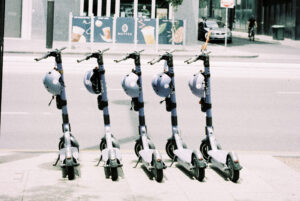






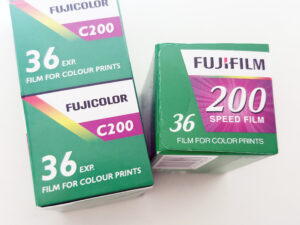






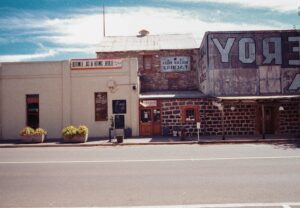













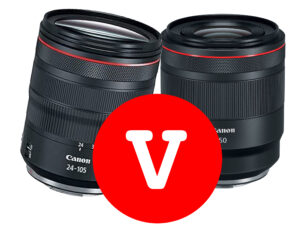

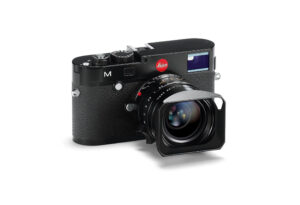


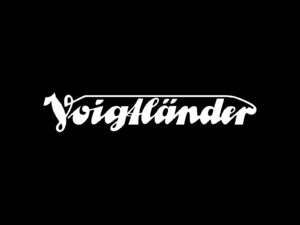















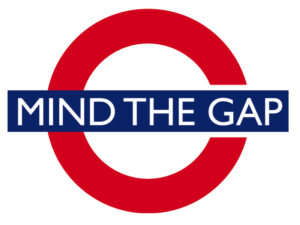
















One Response
I recently purchased a leica Q camera and am impressed with both its build quality and its ability to consistently capture images with perfect histograms. I have shot both Nikon and Olympus for over forty years and I love these systems. However, I have to report that when set to autofocus and autoexposure, my Leica q-p nails the shot every time. BTW it would be foolish to purchase a Leica for the purpose of impressing others. I have found that most people, at least in New Mexico, have rarely if ever heard of Leica.